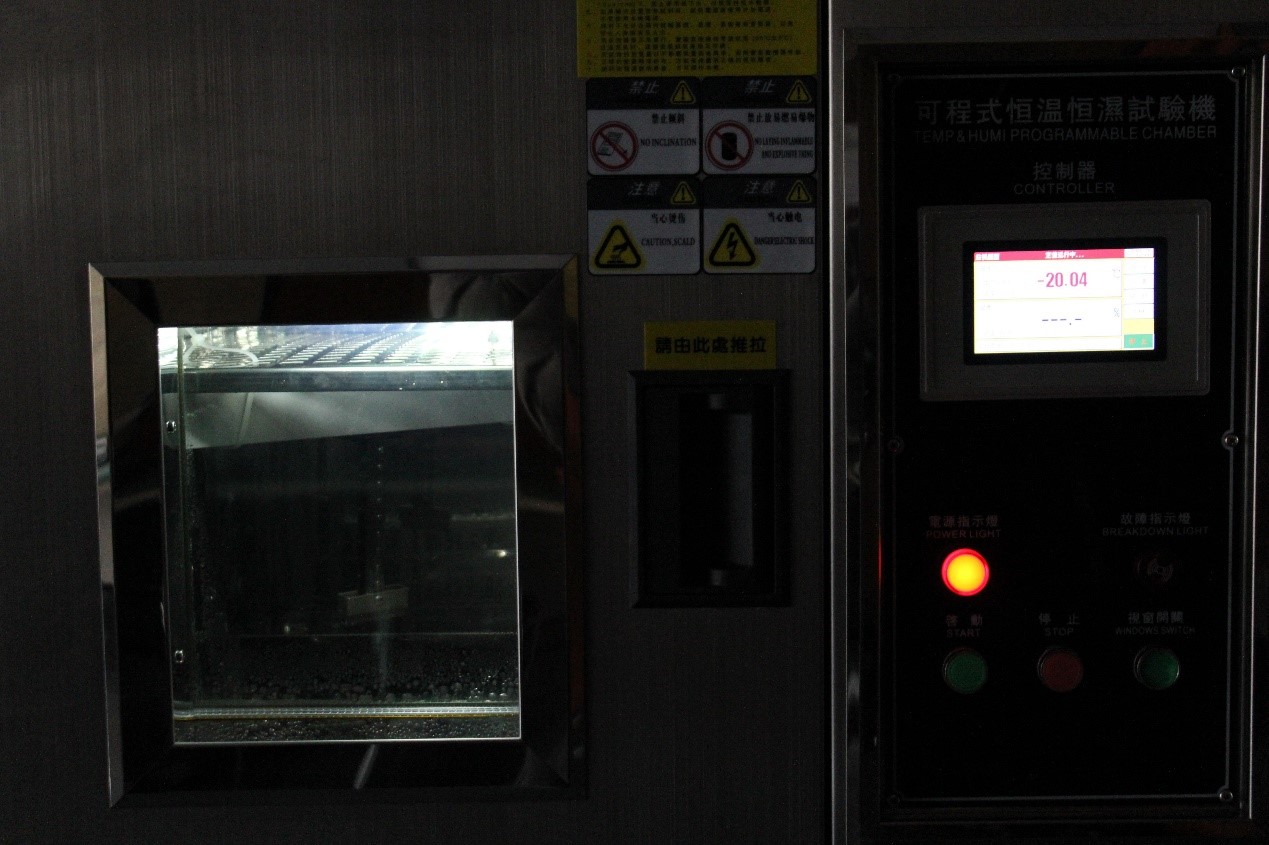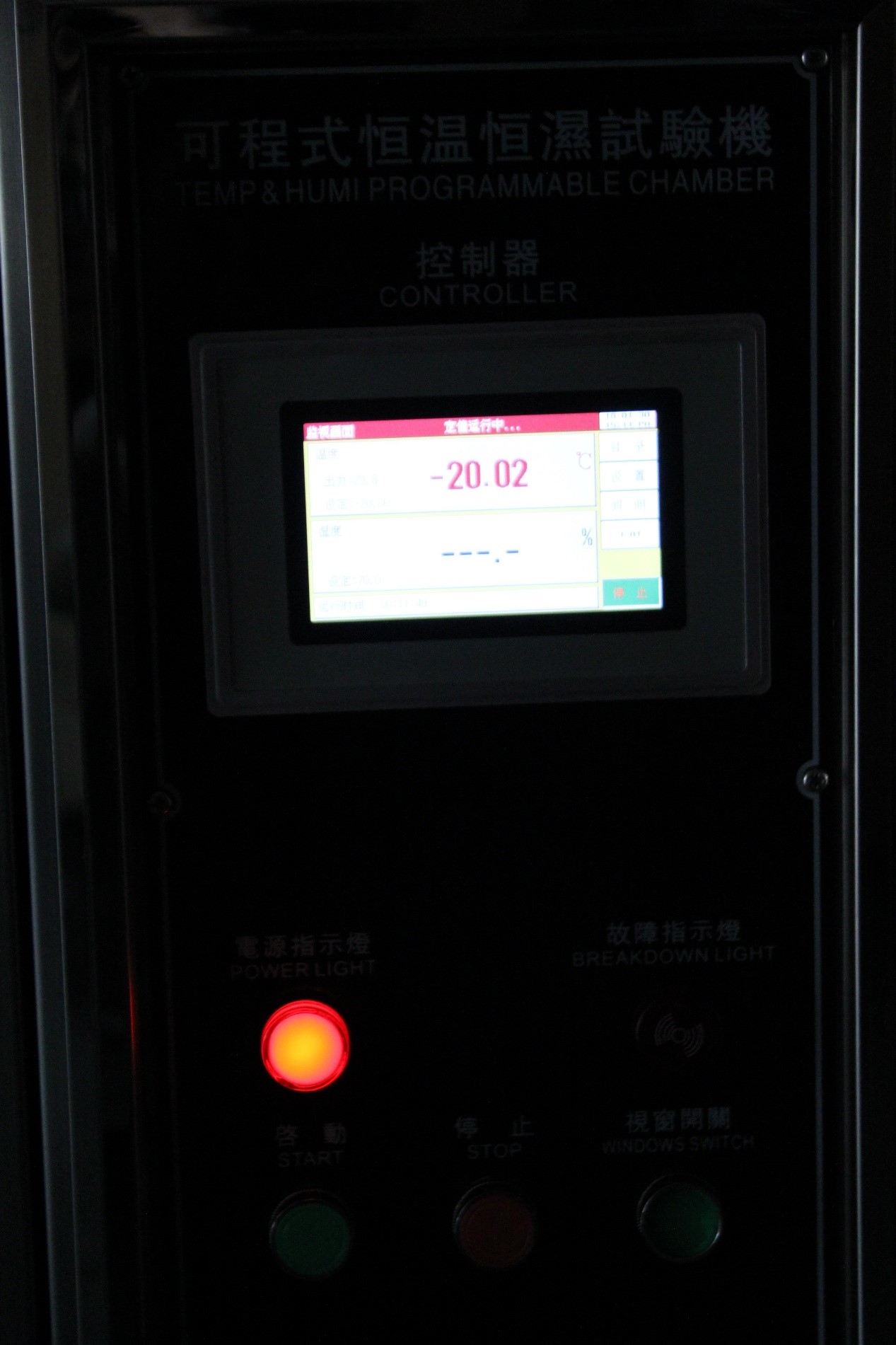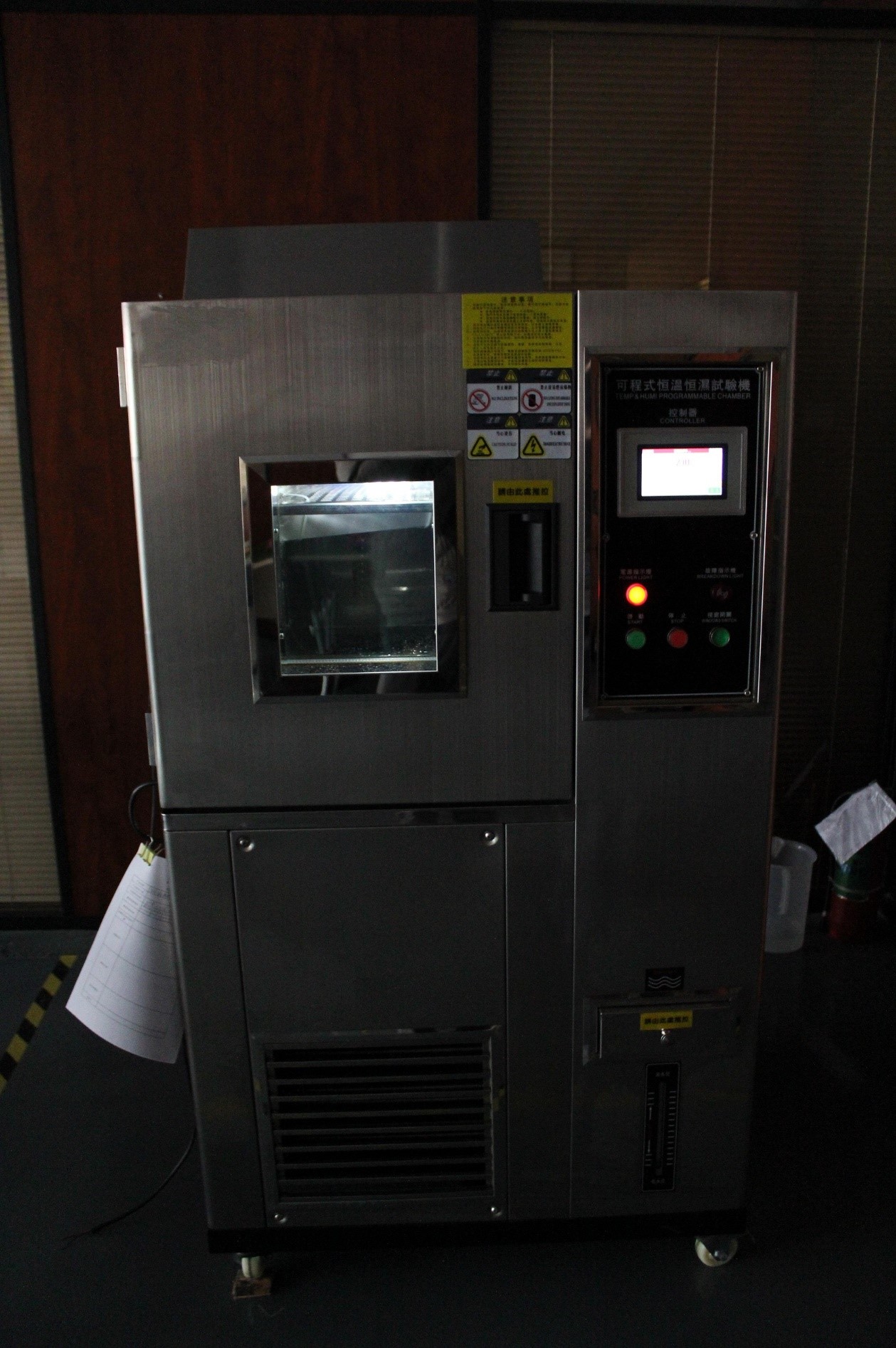
High and low temperature and humidity resistance test
2021-07-23 310

High and low temperature test
High and low temperature test is a method used to determine the adaptability of products to storage, transportation and use under high temperature climate and environmental conditions. The severity of the test depends on the temperature of the high temperature and the duration of exposure.
Chinese name high and low temperature test foreign name high and low temperature test temperature range - 40 ℃ ~ 150 temperature difference ± 0.5 ℃ humidity range 20 ~ 98% RH referred to as high temperature test and low temperature test
Overview editing
High and low temperature test is the abbreviation of high temperature test and low temperature test. The purpose of the test is to evaluate the impact of high and low temperature conditions on the performance of equipment during storage and operation. The test conditions, test implementation and test steps of high and low temperature test are specified in GJB 150.3a-2009 high temperature test of environmental test methods in military equipment laboratory and GJB 150.4a-2009 low temperature test of environmental test methods in military equipment laboratory[ 1]
Comparative analysis and editing of test methods
1。 Non heat dissipation sample and heat dissipation sample
When the test is carried out under natural air conditions and the temperature of the hottest spot on the surface is still higher than the surrounding atmospheric temperature by more than 5 ℃ after the temperature of the test sample reaches stability, it is called heat dissipation test sample; Those equal to or lower than 5 ℃ are non heat dissipation test samples. All non working storage and transportation tests are non heat dissipation tests. During the test under the working state, when the temperature of the test sample reaches a stable level, the temperature rise less than 5 ℃ is also called non heat dissipation test. For example, after the type test of the electric fan, if the temperature rise of the accessible outer surface is not higher than 20 ℃, it is the heat dissipation test.
2。 Temperature jump test and temperature gradient test
When the temperature of the test chamber (chamber) rises or falls to the specified temperature, the sample is immediately put into the test chamber for test, which is called temperature mutation test. The test in which the sample is first put into the test chamber with room temperature, and then the temperature in the chamber gradually rises or falls to the specified temperature is called temperature gradient test.
Generally speaking, if it is known that the sudden change of temperature has no other harmful effects on the test sample, the sudden change of temperature test shall be adopted in order to save the test time, otherwise the gradual change of temperature test shall be adopted.
3。 No forced air circulation test and forced air circulation test
In the non heat dissipation test, forced air circulation can improve the heat exchange efficiency. The higher the air circulation speed, the higher the heat exchange efficiency. Therefore, in this forced test, it is recommended to adopt air circulation speed ≥ 2m / s. In the heat dissipation test, the better method is to use the non forced air circulation test. If the non forced air circulation cannot meet the test requirements, the forced air circulation test shall be adopted[ 2]
Test equipment and test parameter editing
1。 test equipment
High temperature test is generally conducted by placing the product in a constant temperature box or chamber. The temperature of the medium shall be measured at different positions with a thermometer, and its arithmetic mean value shall be taken. However, the temperature in the box shall be as uniform as possible, the product shall be heated by hot air flow, and the test sample shall not be close to the heat source. In order to reduce the influence of radiation, the wall temperature of the test chamber shall not be higher than the ambient temperature by 3%.
The low temperature test is generally carried out in the low temperature box (chamber), and its temperature is generally obtained by manual refrigeration. In the effective working space of the low-temperature box, forced air circulation is used to maintain the uniformity of low-temperature conditions.
2。 Test parameters
Gb2423.1-81 and gb2423.2-81 specify the priority values of different temperature levels according to different regions and application occasions.
Low temperature ambient temperature: 65 ℃ - 55 "C, 45" C, 40 ℃, 30 ℃, 25 ℃, 15 ℃, 10 ℃, 5 ℃, 0 ℃ and + 5 ℃;
High temperature ambient temperature: + 200 ℃, + 17s ℃, + 155 ℃, + 125 ℃, + 100 ℃, + 8s ℃, + 70 ℃, + 65 ℃, + 60 ℃, + 55 ℃, + 50 ℃, + 45 ℃, + 40 ℃, + 3S ℃, + 30 ℃.
The allowable deviation range of temperature is ± 2 ℃.
After the temperature of the test sample is stable, the test duration under high and low temperature conditions shall be selected from the following data as required:
2、16、72、95(h)。[ 2]
Basic requirements of products after high and low temperature test
The product quality after high and low temperature test is generally inspected according to the requirements specified in the product technical conditions or technical agreement. For example, the influence of high temperature environment on the performance of motor products is reflected in the increase of the resistance of conductive materials, resulting in the change of current. For motors with accuracy requirements, it will also affect the accuracy. Therefore, after the high temperature test, the insulation resistance shall be measured in the test chamber, and its value shall not be less than 5 m Ω. At the same time, other properties of the motor shall be tested. Generally, after the temperature test, if the product can meet the following basic requirements, it is considered that the product meets the high and low temperature requirements.
(1) The product surface shall be free of damage, deformation and other defects. In case of coated surface, there shall be no peeling, blistering or discoloration of the coating.
(2) For plastic parts, there are no cracks, bubbles and deformation on the surface.
(3) Rubber products shall be free from aging, bonding, softening and cracking.
(4) There is no flow at the welding part of product parts.
(5) The product performance data, structure and function shall meet the requirements of technical conditions, and there shall be no other defects that hinder the normal operation of the product.







